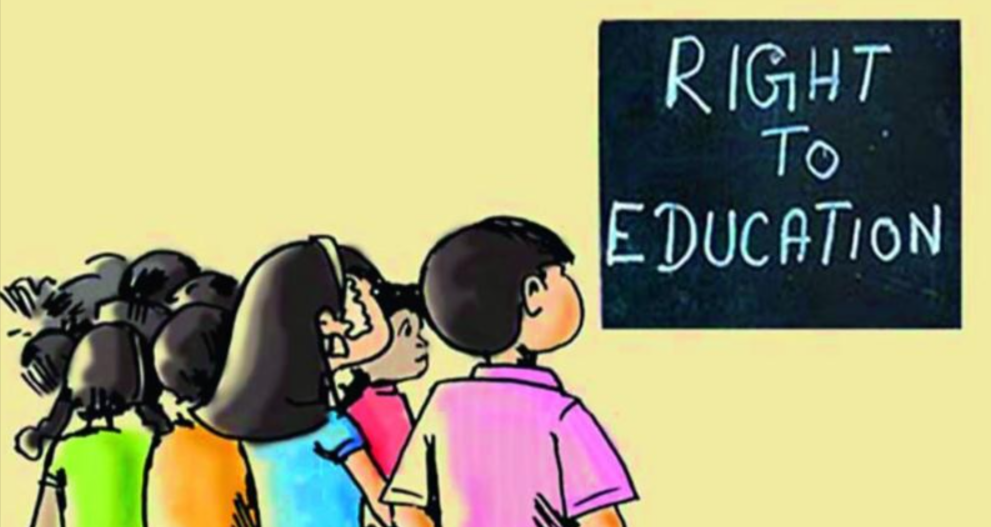
Right To Education for Every Child: What You Need to Know?
Explore how the Right to Education Act ensures free, compulsory education for every child, promoting inclusivity and social equity.
Empowering the Future: How the Right to Education Act Transforms Lives
The government of India enacted The Right to Education Act in 2009, a landmark legislation providing free and compulsory education for all children between six and fourteen years old. This law is revolutionary because it doesn’t just educate but seeks to uplift all children regardless of background into an integrated education system.
Breaking Down Barriers with RTE
Under the RTE Act, there is a provision that requires private schools to set aside 25% of their entry-level seats for children from economically weaker sections and disadvantaged groups. Such initiatives foster inclusivity where children from different socio-economic backgrounds study together thus enhancing social cohesion by fostering mutual respect among various sectors in our society.
For a deeper understanding of this transformative policy, visit Jaagruk Bharat’s detailed explanation of the RTE application process and eligibility.
Objectives of the 25% RTE Quota
This quota is aimed at the following:
- Promoting Equality: To ensure that underprivileged students have access to quality education in top schools.
- Preventing Segregation: Addressing social divides evident based on socio-economic disparities over school achievements.
- Enhancing Learning: Assuring that every scholar has a conducive learning environment, which might help them in their future academic life.
The RTE Lottery System Ensuring Fairness
RTE lotteries were designed to be fair and open so that every child can get an equal chance of getting a good education. Here’s how it works:
- Application Submission: Parents forward application forms of their children to the local authorities by February each year.
- Verification: Checking eligibility criteria using documents like income statements and age certificates.
- Lottery Draw: Randomly selected for admission using a computerized draw held under official supervision.
This ensures impartial and merit-based admissions thereby retaining the RTI Act’s integrity.
Eligibility and Application Process
Eligibility for the RTE quota includes:
- Residing in the city or district of the school.
- Being 3 to 6 years old by a given date.
- Yearly family income under usually Rs. 1-2 lakhs.
Parents can apply through a centralized RTE portal for this, which makes the application process simpler and more transparent:
- Access the Portal: Go to the RTE portal and click on the application section.
- Input Details: The child’s necessary data along with family information are required here, moreover attaching relevant documents is vital.
- Submit and Track: When you have completed your application form, you can find out how it is progressing through this portal.
Broadening the Impact of RTE
The RTE Act has made great strides in terms of providing basic education but its potential to impact society is limitless. By extending its range to include more children from different disadvantaged categories as well as creating awareness about it, there will be even more inclusivity in our society.
The focus for communities as well as the government should not only be on getting students enrolled but also on ensuring that they receive quality education once they are admitted. This includes regular assessment, extra support for those lagging and constant training of teachers among other things.
Conclusion: A Step Towards Inclusive Education
Right to Education (RTE) is not just a law; it’s a bright future promise for countless children. It represents a commitment towards abolishing educational disparities so that each child can dream and achieve at their own pace. Further information regarding all these could be found on Jaagruk Bharat where one can get enlightenment on how RTE would be beneficial to his/her kid.
